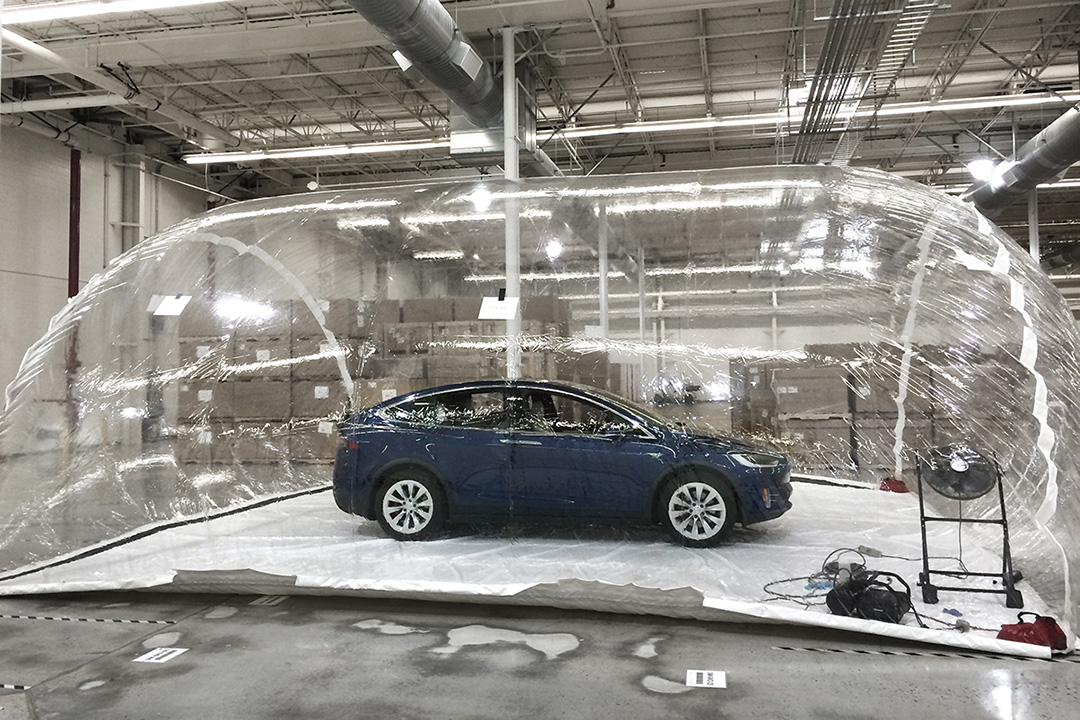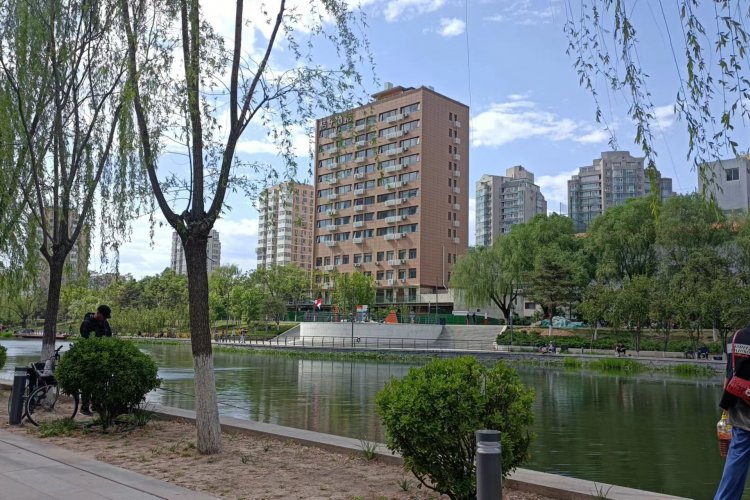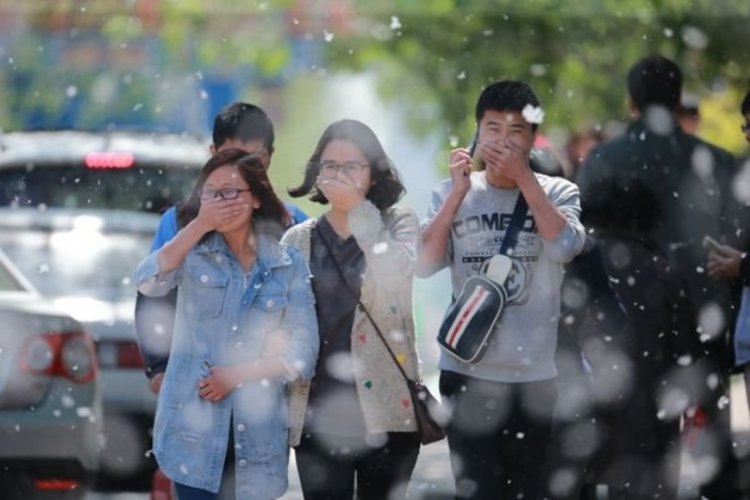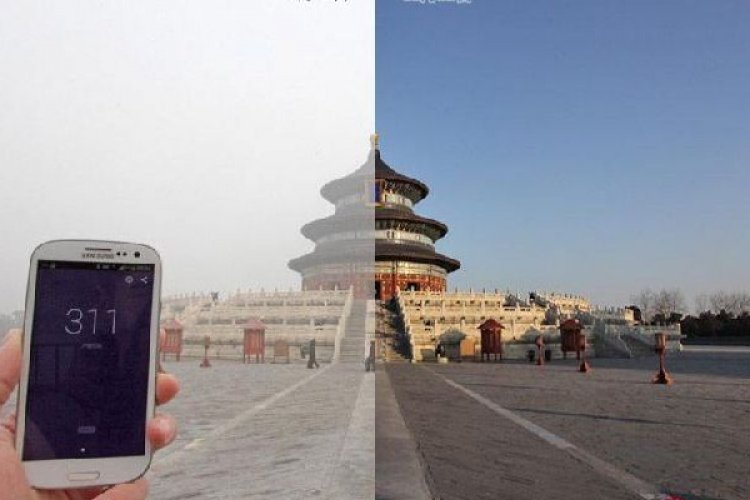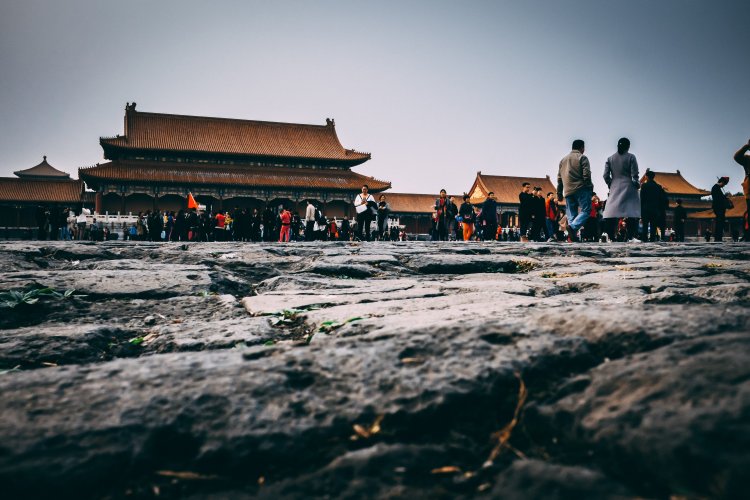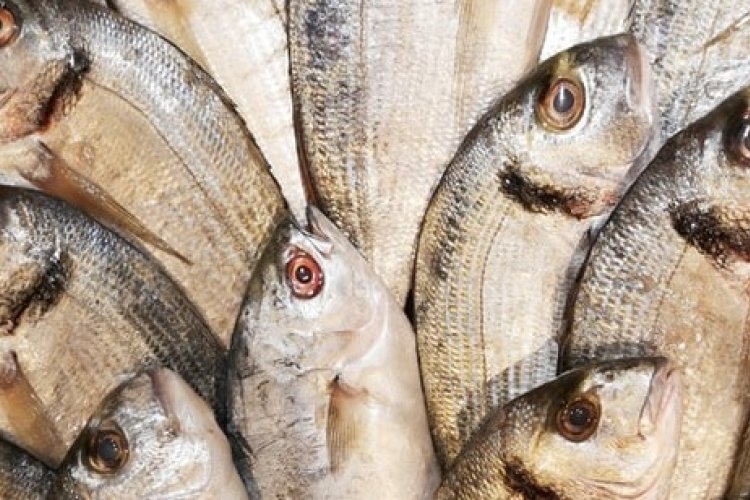Drive Your Own Dome: Tesla Claims Its Latest Car Fends off PM2.5 Pollution
While most cars sputter out toxic exhaust, one car claims to protect you from such pollution.
At least that's what electric vehicle maker Tesla is saying about its new Model X, which went on sale in China in February for about RMB 1.5 million each. On May 2, the eco-conscious car company blogged about its new Model X SUV's (hilariously titled) Bioweapon Defense Mode. Anyone snickering about that moniker will likely be taken by aback by just how apt it appears to be. The blog post detailed how a Model X was parked in a lab's test bubble clogged with 1,000 µg/m3 of PM2.5. Two minutes after the vehicle's Bioweapon Defense Mode was switched on, that system's HEPA filters had whisked away any detectable pollutants from within the car's interior.
Tesla says these were the results:
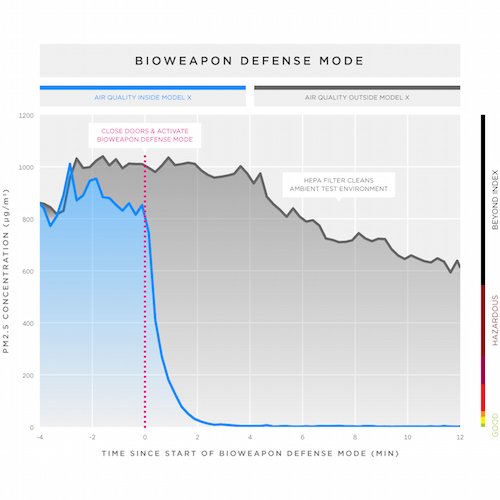
The company went on to say that this proves its "filtration system is hundreds of times more efficient than standard automotive filters, capable of providing the driver and her passengers with the best possible cabin air quality no matter what is happening in the environment around them."
Based on those figures, the Bioweapon Defense Mode not only rivals other vehicles' filters, but also established air purifiers that Beijingers use in their homes, in terms of speed and effectiveness. Last winter, AQI guru Dr. Richard Saint Cyr tested six purifiers priced under RMB 1,000. The quickest of the bunch, from Xiaomi, took 10 minutes to clear 88 percent of PM2.5s, which the doctor attributed to that device's considerably larger fan. This leaves us to wonder what size blades are spinning under the Model X's hood although of course it would be much easier and quicker to purify the interior of a car than the comparatively vast bedroom that Saint Cyr where was testing. Still -- would any of the models he tried be as fast as the Bioweapon Defense Mode?

Cyr also tested Smart Air during that experiment -- the brand that is not only famous for its DIY purifiers, but also its own sets of meticulous data. Smart Air's own tests found that its popular Cannon model purifier takes an hour to bring PM2.5 levels from 300 to 100. That brand, of course, works with a far smaller budget than Tesla (and, again, it was testing in a bigger space than a car interior). But its staff has nevertheless voiced concern during its "make your own purifier workshops" about expensive competitors touting lab tests that fail to factor in real world conditions, leaving one to wonder about Smart Air's stance on Tesla's smoggy lab bubble experiment. The bootstrappy startup seems to save its critiques for brands that test in idyllic conditions, which seem worse than the 1,000 µg/m3 of PM2.5 that engulfed the Tesla SUV. Yet, one can't help but wonder what real life factors that test, conducted in a literal bubble, might have left out.
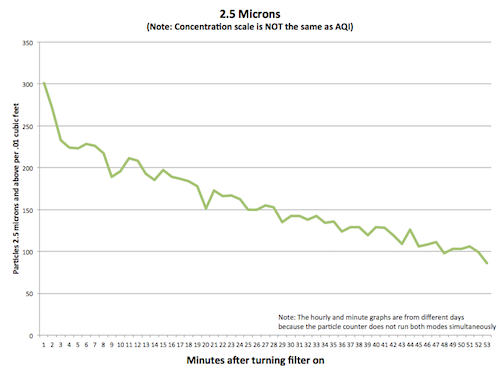
Other experts, meanwhile, doubt that Beijingers will have such misgivings. "For China’s wealthy, the Model X may offer a haven from the smog that no other vehicle can match," Will Oremus, Slate's senior tech correspondent, recently wrote. That is sure to be another attractive selling point, on top of the government's massive electric car subsidies and huge investment in charging stations, which together amounted to RMB 90 billion (USD 14 billion) in 2015. Tesla, however, is not eligible for those subsidies.
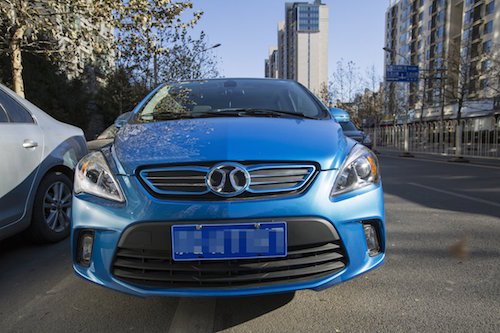
Unfortunately for Tesla, Beijing drivers may be more focused on other figures, such as the far lower price of domestic competitor Beiqi, especially if the economy continues to slow. Still, the prospect of a car that not only helps to keep the sky bluer, but also your lungs pinker, is sure to shift the race to rule China's roads into a higher gear.
Photos: Tesla, Dr. Richard Saint Cyr, Smart Air, Uni

